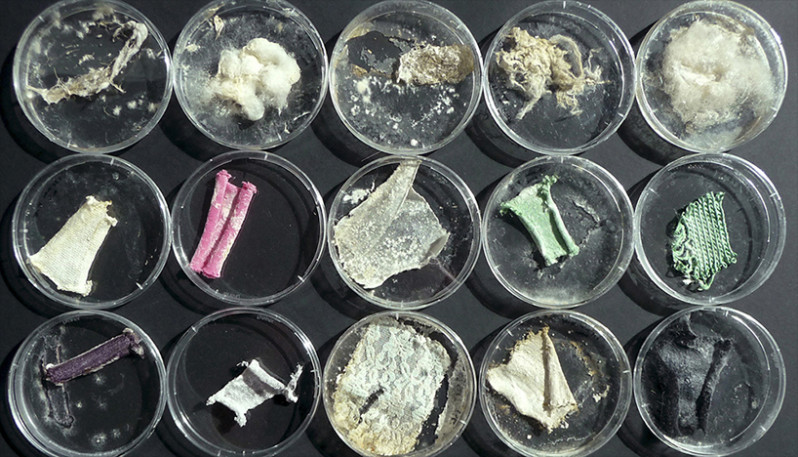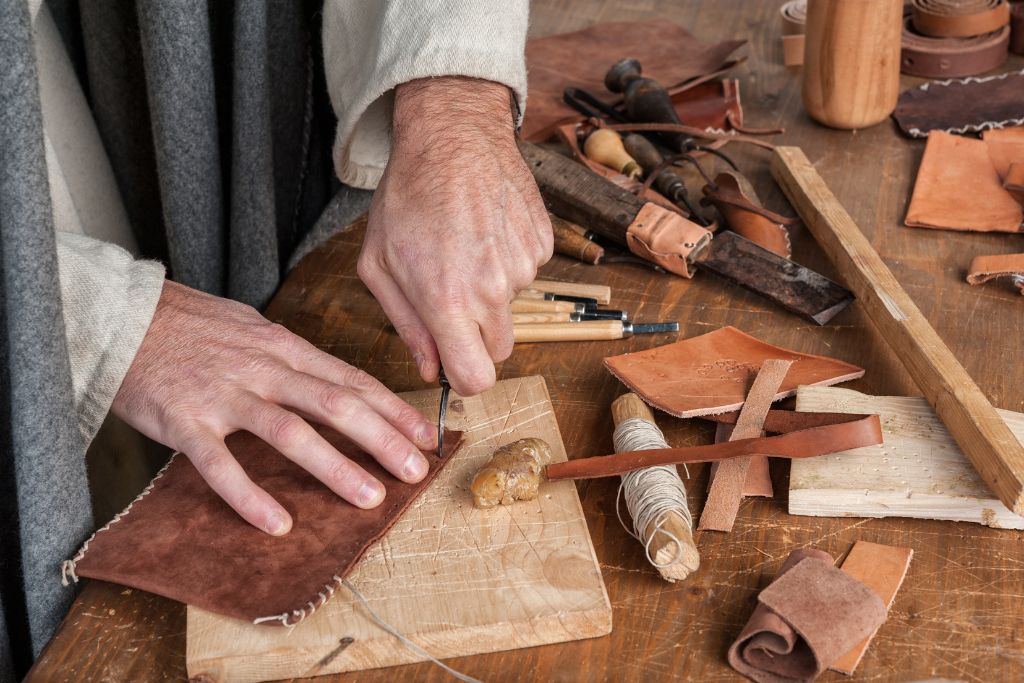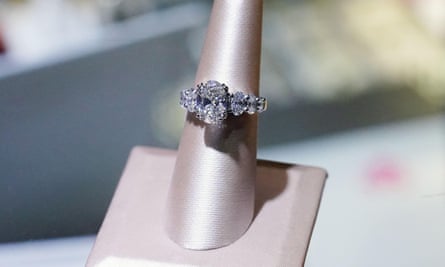As perplexing as it sounds, the future of fashion may lie with the scientists of the world. To prevent animal cruelty and environmental damage, companies around the world are experimenting with lab-grown materials.

Silk is from worms, leather from cows, and diamonds from mines. But what if these were all a thing of the past?
You may have heard of lab-grown diamonds, but what about leather and silk too? And I’m not talking about vegan materials made out of non-biodegradable plastics. I’m talking about artificially produced fabrics made from animal cells, mushrooms, and many other natural materials.
Let’s take a look into the future of fashion.
Silk

Silk is traditionally made from boiling silkworm cocoons, which kills the moth inside. Not only does the process of silk-making kill animals, but it also uses an exorbitant amount of energy.
Bolt Threads may have found the cure for that. The textile company started using a technique called precision fermentation to produce ‘Microsilk’. This involves brewing modified yeast cells with sugar and water and letting the mixture ferment. It then transforms into a liquid protein that can be extracted, spun, and woven into silk.
The material does share properties with real silk, such as being lightweight, smooth, and biodegradable. Bolt Threads received a $700 million evaluation and made two dresses with Stella McCartney.
However, it does not have any products on the market yet. This is due to the fact that slight changes in temperature and pH levels can derail the fermentation process, making it difficult to produce at scale. And with the fashion industry growing at an exponential rate, there is no time for production delays.
Leather

Many different companies are working on their own versions of lab-grown leather.
One notable product is by VitroLabs. VitroLabs takes a small biopsy from a real cow and mixes the cells with nutrients. Amino acids, proteins, carbs, and vitamins make up the nutrients. The mixture then grows into sheets of leather, which goes through a simplified tanning process.
Other companies have tried to use microorganisms, bacteria, or fungus strains to produce materials that mimic the texture of leather. The microorganisms are fed with plant-based or fish proteins, or even air and greenhouse gas. The make-up of the material is less complex than actual leather, which results in a simpler tanning process and less environmental impact.
Diamonds

Lab-grown diamonds are no new feat. Already widely available for purchase, artificially produced diamonds grow under much faster conditions than natural diamonds. The result is supposedly “chemically identical”.
However, The Natural Diamond Council claims that sophisticated equipment can detect whether a diamond is lab-made or not. There is also contention as to whether they are more sustainable or not.
For example, some diamond factories claim to be entirely powered by renewable energy, however, this number could be as low as 10%.
The traditional diamond trade can also help circulate the economies of local communities. In diamond towns, the local populations are heavily reliant on the revenue diamond production provides.
The Verdict
Lab-grown materials are animal-safe and supposedly better for the environment. But can they keep up with the ever-growing fashion market? Even if some sustainable fashion brands jump on board, what about fast fashion conglomerates that produce thousands of pieces a day? Whether we can make enough sustainable fabrics to offset non-biodegradable materials is a big fat question mark.
Subscribe to FIB’s Weekly Breaking News Report for your weekly dose of music, fashion and pop culture news!







